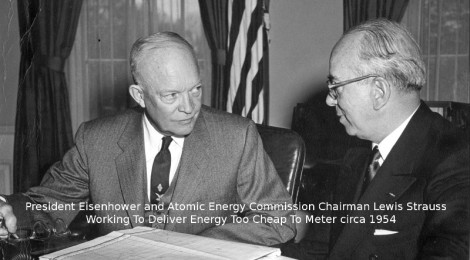
Japanese Cold Fusion LENR R&D Facility Announced
Japanese industry, government, and academia announce the opening of a new cold fusion lenr R&D facility at the prestigious Tokohu University.
Program promises practical Japanese cold fusion technology before 2020 Olympics providing the world with new clean low-cost energy.
Technology will also offer a means to rapidly decontaminate dangerous radioactive nuclear waste.
Clean Planet Inc. and Tohoku University have stated in twin press releases (Clean Planet press release and Tohoku University press release) that they are launching “Clean Energy Research Lab” at Tohoku University on April 1st, 2015. The mission of the “Clean Energy Research Lab” is to develop a clean, safe and abundant form of energy for our global community. The public private partnership refers to the new energy as deriving from COLD FUSION but chooses to give it a new name “CNMR” Condensed Matter Nuclear Reactions.
The founders of the R&D Centre state, “We are determined to bring the application models from this division to the market before the Tokyo Olympics in 2020. Our collective dream is to provide the world with this clean source of energy.”
Energy Too Cheap To Meter
The promise of clean energy that would be “too cheap to meter for our children” was first made by US President Eisenhower in 1954. I happen to be one of the children Ike was speaking of, though today I have grandchildren of my own. Japan knows better than any nation the disastrous consequences of conventional nuclear power so it is noteworthy that Japan would be amongst the first to embrace cold fusion. The radiation and waste free cold fusion/lenr nuclear energy now in hand can finally deliver on that promise of so long ago.
Clean Planet Inc. and The Research Center for Electron Photon Science of Tohoku University agreed to establish the collaborative research division – Condensed Matter Nuclear Reaction Division at Tohoku University. In this division, fundamental research on condensed matter nuclear reaction, R&D on energy generation and nuclear waste decontamination will be performed. The members of the new division consist of researchers of Tohoku University, Clean Planet Inc. and HEAD (Hydrogen Engineering Application & Development Company). Yasuhiro Iwamura and Takehiko Itoh left the research center of Mitsubishi Heavy Industries at the end of March 2015 to complete the formation of this new R&D centre.
Mitsubishi Industries
At Mitsubishi the Iwamura and Itoh have worked for 20 years on cold fusion and lenr research. Their work with Mitsubishi culminated last year with the granting of a patent in Japan on their methods to decontaminate nuclear waste using the cold fusion/lenr science. The patent first applied for in 2001 was granted in De. 2013 is titled, “Nuclide Transmutation Device and Nuclide Transmutation Method” Iwamura, Y., T. Itoh, and M. Sakano Iwamura, Y., T. Itoh, and M. Sakano, 2002, Mitsubishi Heavy Industries, Ltd.: U.S.A. Google patent link. The patent provides technology to rapidy accellerate the transmutation of radioactive nuclei into non-radioactive form, a feat here-to-fore forbidden by the known laws of physics. The patented revolutionary Mitsubishi cold fusion technology is now reported to have been independently faithfully and perfectly replicated by Toyota Corporation. It may offer a path forward to help in the more rapid decontamination of the Fukushima Nuclear reactor disaster site.
Japanese Government
Additionally, the government of Japan will provide support in the form of funding for the nuclear waste decontamination research aspect of the project. The project named “Reduction and Resource Recycle of High Level Radioactive Wastes with Nuclear Transformation”, will be funded and supported by the ImPACT Program, which is a Japanese national research program.
Tohoku University is located in Sendai, Miyagi in the Tohoku Region, Japan, and is a Japanese national university. It is the third oldest Imperial University in Japan and among the National Seven Universities. It is considered as one of the most prestigious universities in Japan, and one of the top fifty universities in the world.
With leading Japanese industry, government, and academia now working to deliver practical cold fusion energy it’s time to look at some of the history of why this vital clean energy source for the planet and humanity has been so long delayed… here’s a post on that topic.